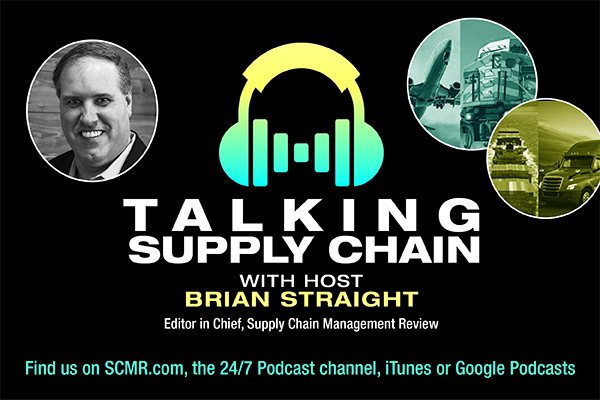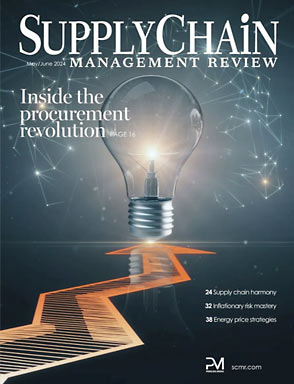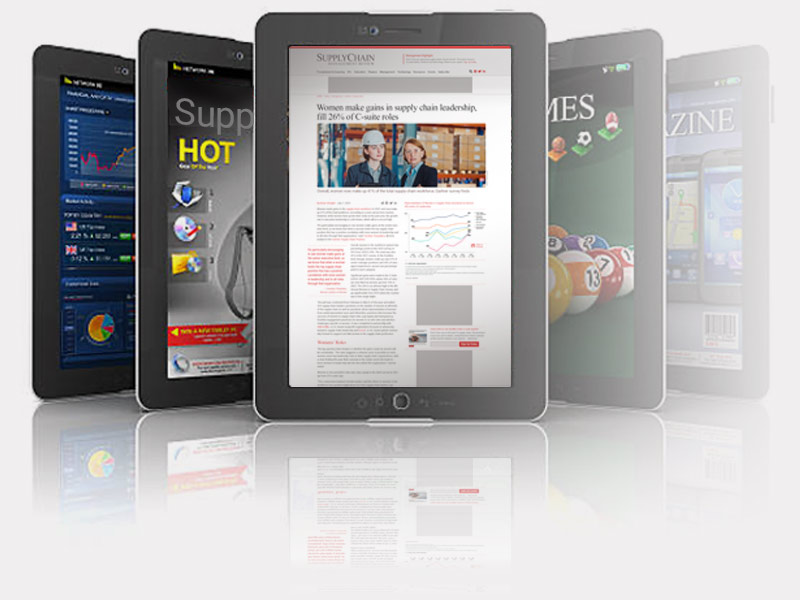Sorry, but your login has failed. Please recheck your login information and resubmit. If your subscription has expired, renew here.
Over the past years, demand planning has become a relatively routine task for many planners. While still not perfect, many firms established S&OP processes, took advantage of sophisticated ERP systems and introduced new AI tools. This resulted in higher levels of planning accuracy than ever before. However, the COVID-19 pandemic triggered unprecedented demand shocks—both up and down—and amplified volatility across many industries. This was (and still is) a stress test for demand management processes. Here, we require new best-practices to achieve crucial visibility.
As the virus started to spread across the globe, many industries were hit by developments that were hard to imagine before (see Figure 1). The lock-downs—first in China and later across the globe—forced many manufacturers and retailers to shut down their operations. Major manufacturers like Ford, Volkswagen and Boeing closed many of their factories. Likewise, non-grocery retailers like Apple, Zara or Ikea were not considered essential and had to shut their stores in many countries.
As a consequence, orders at suppliers and more upstream partners dropped significantly— often all the way down to zero. Similarly, other demands have structurally decreased due to changing behaviors and new circumstances, everything from special potato varieties used for French fries in restaurants to luxury goods affected by travel bans on Chinese tourists to spare parts for aircraft affected by the grounding of entire fleets.

This complete article is available to subscribers only.
Log in now for full access or start your PLUS+ subscription for instant access.
SC
MR
Sorry, but your login has failed. Please recheck your login information and resubmit. If your subscription has expired, renew here.
Over the past years, demand planning has become a relatively routine task for many planners. While still not perfect, many firms established S&OP processes, took advantage of sophisticated ERP systems and introduced new AI tools. This resulted in higher levels of planning accuracy than ever before. However, the COVID-19 pandemic triggered unprecedented demand shocks—both up and down—and amplified volatility across many industries. This was (and still is) a stress test for demand management processes. Here, we require new best-practices to achieve crucial visibility.
As the virus started to spread across the globe, many industries were hit by developments that were hard to imagine before (see Figure 1). The lock-downs—first in China and later across the globe—forced many manufacturers and retailers to shut down their operations. Major manufacturers like Ford, Volkswagen and Boeing closed many of their factories. Likewise, non-grocery retailers like Apple, Zara or Ikea were not considered essential and had to shut their stores in many countries.
As a consequence, orders at suppliers and more upstream partners dropped significantly— often all the way down to zero. Similarly, other demands have structurally decreased due to changing behaviors and new circumstances, everything from special potato varieties used for French fries in restaurants to luxury goods affected by travel bans on Chinese tourists to spare parts for aircraft affected by the grounding of entire fleets.
SC
MR


Latest Supply Chain News
- Early bird pricing expires soon for NextGen Supply Chain Conference registration
- A $125M Portland project seeks to revitalize a historic community, U.S. manufacturing
- Innovations in last-mile delivery and their strategic impact
- Embrace resistance for greater success with change management
- 6 Questions With … Steve Johanson
- More News
Latest Resources

 Explore
Explore
Business Management News
- Early bird pricing expires soon for NextGen Supply Chain Conference registration
- A $125M Portland project seeks to revitalize a historic community, U.S. manufacturing
- Innovations in last-mile delivery and their strategic impact
- Embrace resistance for greater success with change management
- Canada Industrial Relations Board orders binding arbitration, halting potential rail strike
- Delivery costs continue to drive shopper preferences
- More Business Management
Latest Business Management Resources

Subscribe

Supply Chain Management Review delivers the best industry content.

Editors’ Picks




